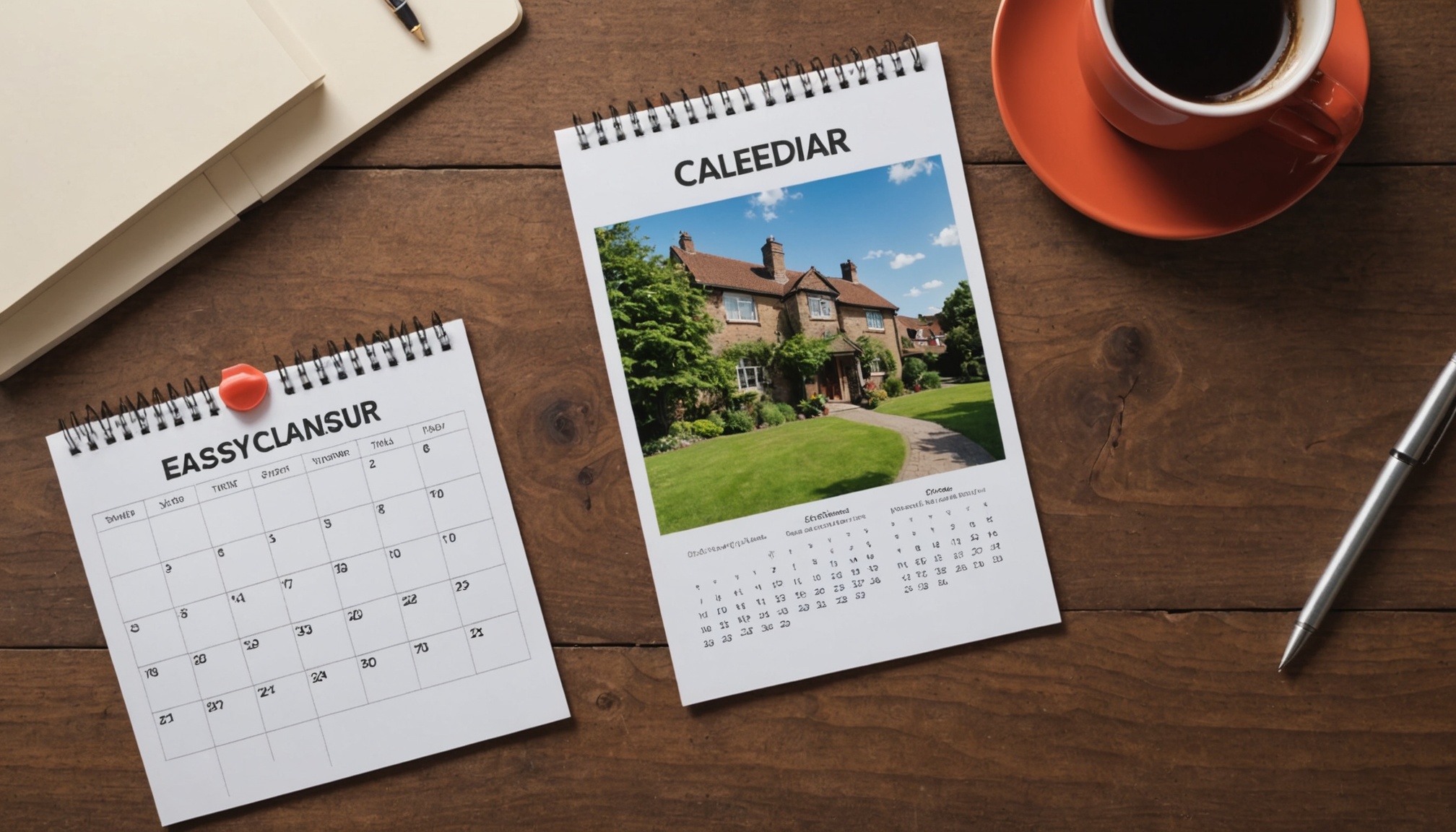Scheduling can be a daunting challenge, especially with multiple calendars vying for your attention. Effortless calendar sync revolutionizes this experience, seamlessly merging events from diverse platforms like Google Calendar and Outlook. With the right tools, you can customize visibility settings and maintain privacy for personal commitments. Discover how to automate your scheduling, reduce conflicts, and enjoy a balanced work-life dynamic while enhancing productivity. Don’t let disorganization slow you down!
Understanding Calendar Syncing
Calendar synchronization is integral to modern scheduling, allowing one to seamlessly coordinate events across multiple platforms. Its significance lies in enhancing multi-calendar management, ensuring all commitments are aligned, and mitigating the risk of double-booking. Popular platforms like Google Calendar provide robust tools for managing such synchronization. For further insights, this detailed page: https://syncthemcalendars.com/ offers additional information on optimizing your calendar experience.
Also to read : Maximizing Development Efficiency: Leveraging Microsoft Azure DevTest Labs for Superior Virtual Machine Management
Key features include Google Calendar’s ability to sync across different devices and its compatibility with other tools like Outlook and iCloud. This cross-platform calendar compatibility ensures that all your events are seamlessly integrated. To make the most of such features, it’s crucial to understand Google Calendar sync settings and adopt best practices. These include regularly checking for sync errors and setting clear boundaries between personal and professional events to maintain privacy and productivity.
By effectively leveraging these tools, users can streamline their schedules, integrate various commitments, and ensure that their calendar management is both efficient and worry-free.
In parallel : Unlocking the Power of Azure Cosmos DB: An Ultimate Guide to Expert Global Data Management
Methods for Synchronizing Calendars Across Platforms
Steps to Sync Google Calendar with iPhone
To effortlessly sync Google Calendar with an iPhone, begin by ensuring your iPhone is connected to a reliable internet service. Navigate to Settings, select Passwords & Accounts, and tap Add Account. Choose Google, and enter your email and password. Once verified, toggle the Calendars option on. Your Google Calendar will now appear in your iPhone’s native Calendar app, keeping your events aligned on both platforms.
Integrating Google Calendar with Outlook
Integrating Google Calendar and Outlook enhances productivity by centralizing schedules. Open Google Calendar on your browser, access Settings, and obtain the Calendar URL under Integrate Calendar. In Outlook, go to File, select Account Settings, and add the URL as an Internet Calendar. This integration ensures that additions and changes made on one platform reflect on the other, maintaining coherence in your scheduling.
Utilizing iCloud for Google Calendar Synchronization
To synchronize calendars using iCloud with Google Calendar, first ensure both are actively syncing on each device. On a Mac, open Calendar, select Preferences, and ensure iCloud is checked. Then, in Google Calendar’s settings, enable the iCloud sync option. This synchronization method ensures all your devices, whether iOS or Android, display a cohesive calendar, minimizing the risk of missing important engagements.
Troubleshooting Common Calendar Sync Issues
Identifying and Resolving Sync Errors
Calendar sync failures can be frustrating, but understanding the root cause is the first step to resolution. Common errors include incorrect settings and poor internet connections. Ensure that your internet connection is stable before delving deeper into potential issues. Check that sync options are enabled on your devices, and verify that calendar permissions match across all platforms involved.
Effective Solutions for Common Sync Problems
When calendars fail to sync, device incompatibility is often overlooked. Ensure your OS is up to date, and check if any apps need updating. In many cases, manually refreshing the calendar app can trigger overdue synchronizations. Log out and log back in to reset the application if issues persist.
Managing Permissions in Shared Calendars for Seamless Synchronization
Central to avoiding sync disruptions is managing permissions accurately. Review who has access to your shared calendars, ensuring that necessary edits and event creations are allowed. This step prevents errors stemming from unauthorized access attempts while maintaining the integrity of shared schedules.










